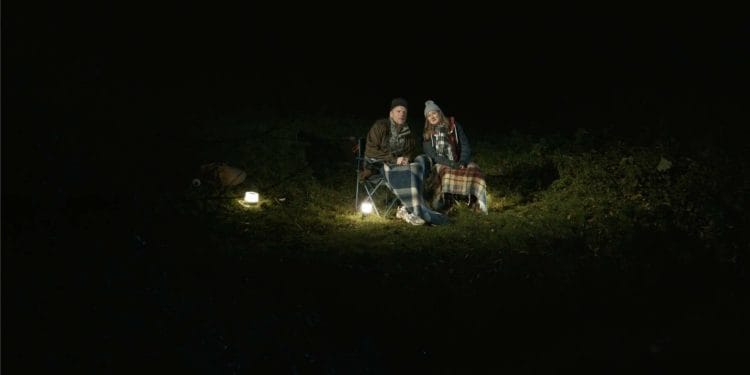 One of the few positive elements to have emerged out of the pandemic period is the way in which many theatre companies have successfully embraced digital methods, thus enhancing their range and allowing their work to be seen by a much wider audience than would have been able to see them on stage.
One of the few positive elements to have emerged out of the pandemic period is the way in which many theatre companies have successfully embraced digital methods, thus enhancing their range and allowing their work to be seen by a much wider audience than would have been able to see them on stage.
Reel Life, which was developed by Folio for a theatre tour in 2016, is a case in point. Being filmed on location in rural Wiltshire gives the scenes the authenticity and opportunity for attention to detail in the single shot scenes, which can’t be achieved in the same way in stage productions. Being produced in a digital format and available on online platforms means the strong and ultimately life-affirming message at the heart of the piece is easily accessible at a time when many are struggling with the themes it touches on – loss, loneliness, and other mental health issues.
Written by Alys Metcalf and directed by Adam Lenson, Reel Life explores its universal themes through the lens of three characters who initially appear unrelated but whose connection is gradually revealed via the clever and visually intriguing use of a surreal acquatic metaphor. All three actors are equally convincing and engage sympathy as their various but ultimately interwoven life stories are revealed. Matt Tait and Michael Palmer have to be particularly praised for bringing the essence of Huw and Mark as well as their fishy alter egos, G and T from the stage production to the screen. Lizzie Stables ably demonstrates Jo’s outward independence but inner vulnerability.
Metcalf’s script delivers the production’s serious themes with a refreshing light touch. The ever so slightly suggestive banter between Jo and Mark over the assembly of the fishing rod raises a smile as do the exchanges between T and G in the appropriately named Stillbrook. G/Huw’s initial determination to find the mysterious “Letmego” and subsequent awakening is tinged with both humour and pathos as is T/Mark’s realisation that he is being “….allowed to live.”
Natural light and darkness are used to good atmospheric effect in the riverbank scenes. The Stillbrook scenes look more obviously ‘stagey’ but not so much as to be out of place in a filmed production and don’t detract from their significance. The costumes of Huw and Mark are well chosen so that at the conclusion they are virtually indistinguishable from G and T!
Reel Life ends on a simultaneously poignant and uplifting note. Positive lessons have been learned by the remaining characters. The title plays with a three-fold pun for good reason. Its use as a metaphor running through the piece and the medium on which this version has been produced gives lots to take away for us all.

















